Why Tirana should be top of your list for a 2019 city break
The Albanian capital has completely transformed in the last decade, argues local Ryan Chatterton
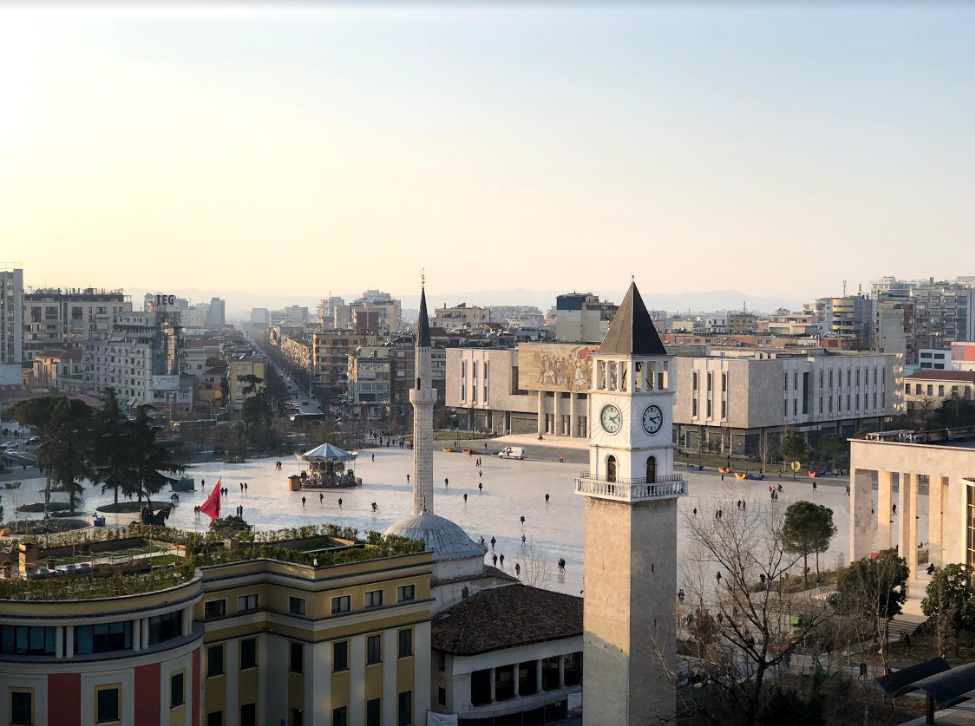
“Wait, you’re in Toronto? I thought you said you were in Europe.” My colleague was clearly confused, though my American accent probably didn’t help.
“No, not Toronto,” I said. “Tirana. It’s the capital of Albania.” I tried to emphasise my consonants this time.
Geography explained, the revelation about my city often creates more confusion among friends and colleagues, not less.
Why Albania? Isn’t it dangerous there? Do they have roads? I’m surprised the wifi is so good!
Fair enough.
In truth, I didn’t know much about Albania before my first trip to Tirana in the summer of 2018. And I’ll admit I’d already formed a negative opinion of the region without so much as a leg to stand on. Despite knowing nothing about the country or its people, I’d imagined Albania to be a dangerous and rugged place with little infrastructure and an abundance of crime.
The history of Albania is a complex one filled with oppression, war, isolation, neighbourly tension and a crazy dictator to boot. An unfortunate series of events, from the 500-year-long occupation by the Ottoman Empire and the four-decades-long communist dictatorship, through to a post-communism civil conflict in 1997, haven’t given Albania a lot of time to prosper in the modern era. Sadly, many Balkan countries have a similar backstory.
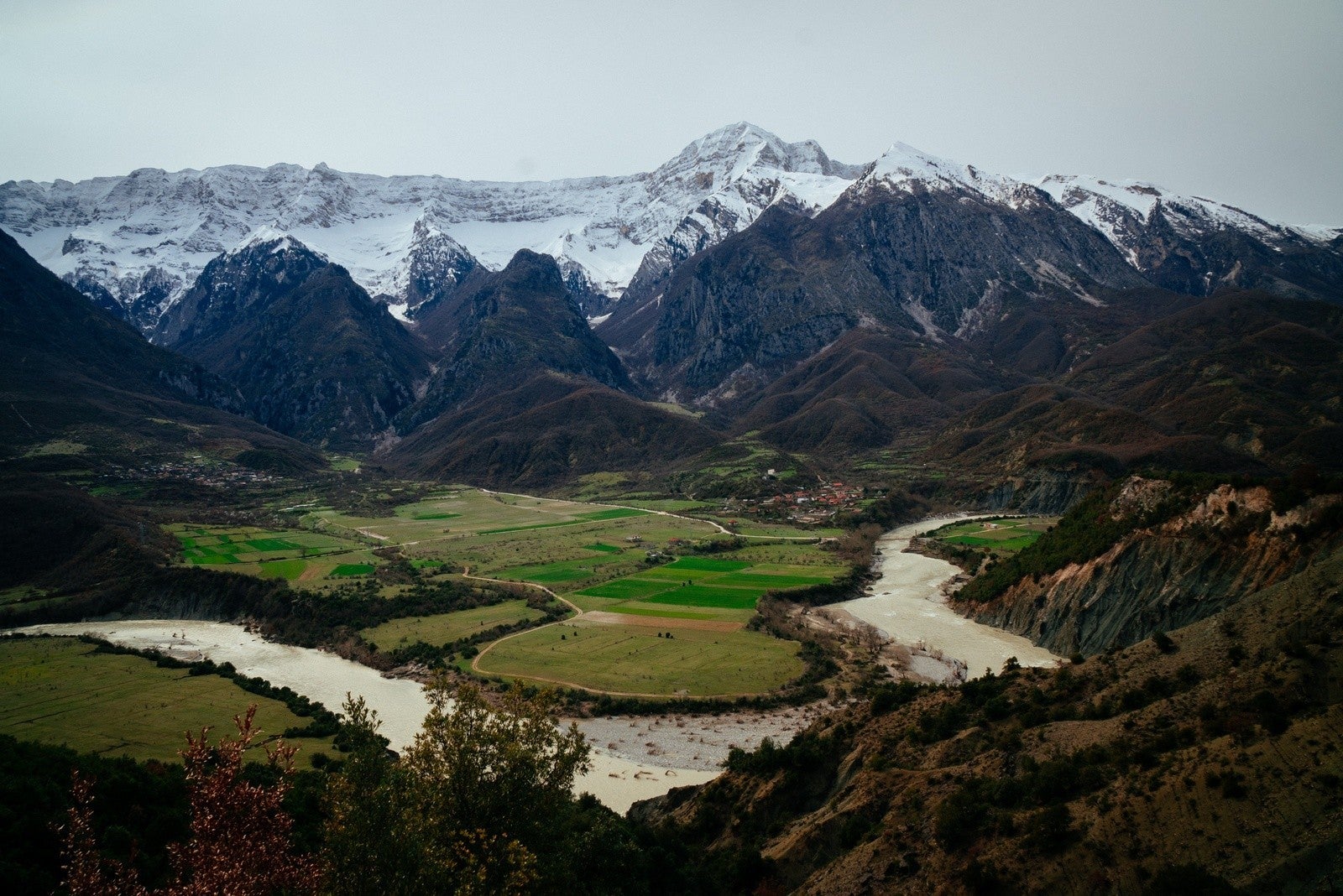
That said, to my great embarrassment and joy, I’ve never been more wrong about a place. The food is incredible and inexpensive. The city centre is lively and warm with plenty of nightlife. Plus, the weather is downright fantastic. As a digital nomad, often staying in places for three or more months, I’ve officially added Tirana to my list of top cities to bed down in 2019.
Tirana’s got talent
The transformation of Albania’s capital is nothing short of astounding over the last four years, let alone the past decade.
That’s why, when I read a recent piece by The Independent travel editor, Cathy Adams, entitled Valentine’s Day 2019: Why Tirana is the Best Place to Spend It, I had some bones to pick. Adams advises readers to spend the romantic holiday in Tirana, going on to point out the poor state of its infrastructure, including potholes and frequent power outages.
My main contention was that it was based on experiences from 10 years ago. While there are still some potholes and occasional power cuts in Tirana (we had a short one yesterday), the picture painted in the piece is a far cry from the reality of modern-day Tirana.
I challenged Adams on her points, and she invited me to write this piece in response.
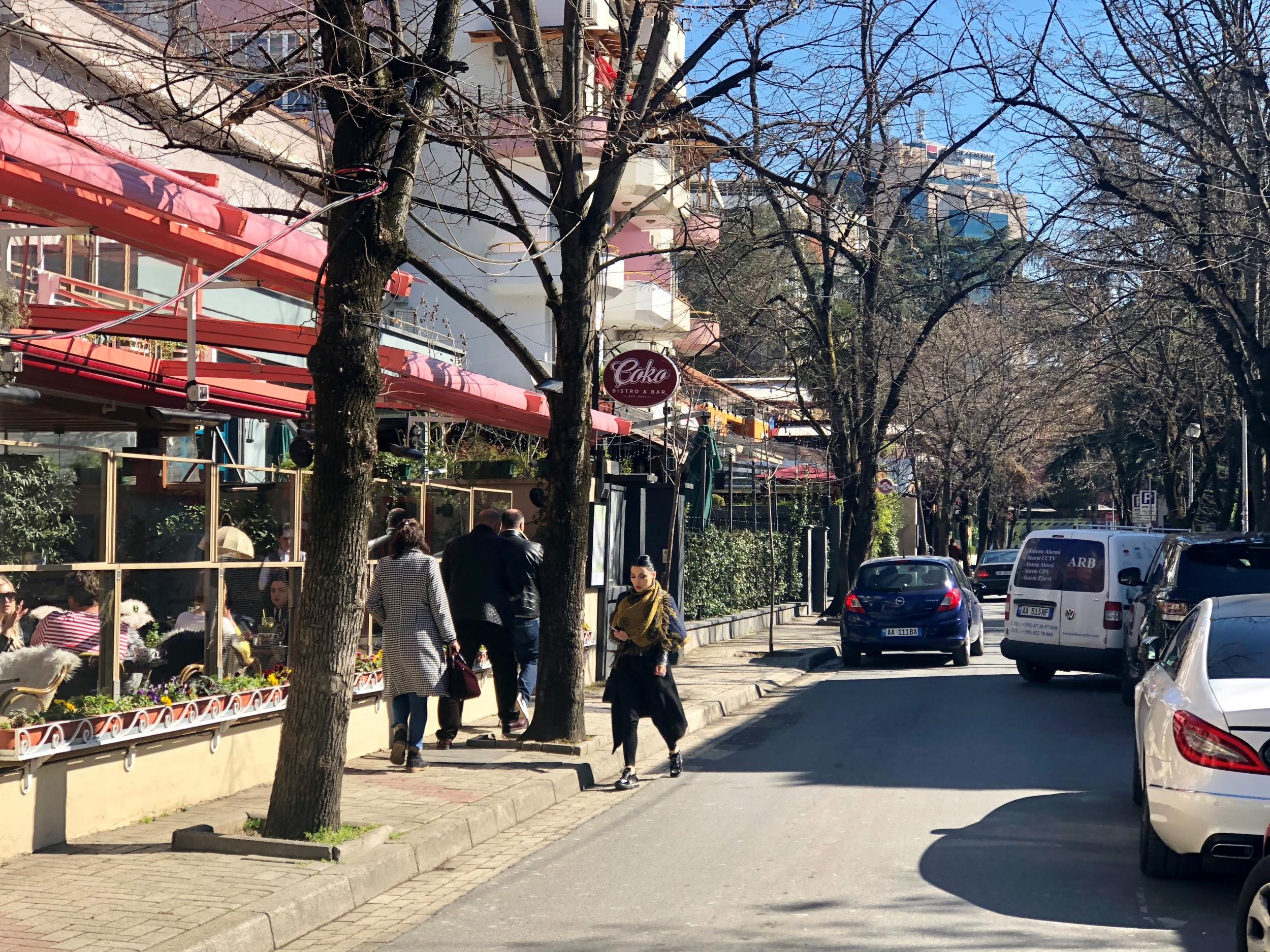
One of the most visible transformations is the Blloku area. It’s small, only about 0.25sqkm in size. You can walk the entire length in less than 10 minutes. However, a vibrant culture has grown and spilled into the surrounding neighbourhoods. Today, dozens of cafes, bars and restaurants, as well as shops, line each street and alleyway in every direction. It’s like packing the whole of Bristol’s food and bar scene into an area the size of Regent’s Park. Admittedly, you’re going to get better food options in Bristol or London, but Blloku is stepping up its game at an incredible pace – and at a fraction of the price.
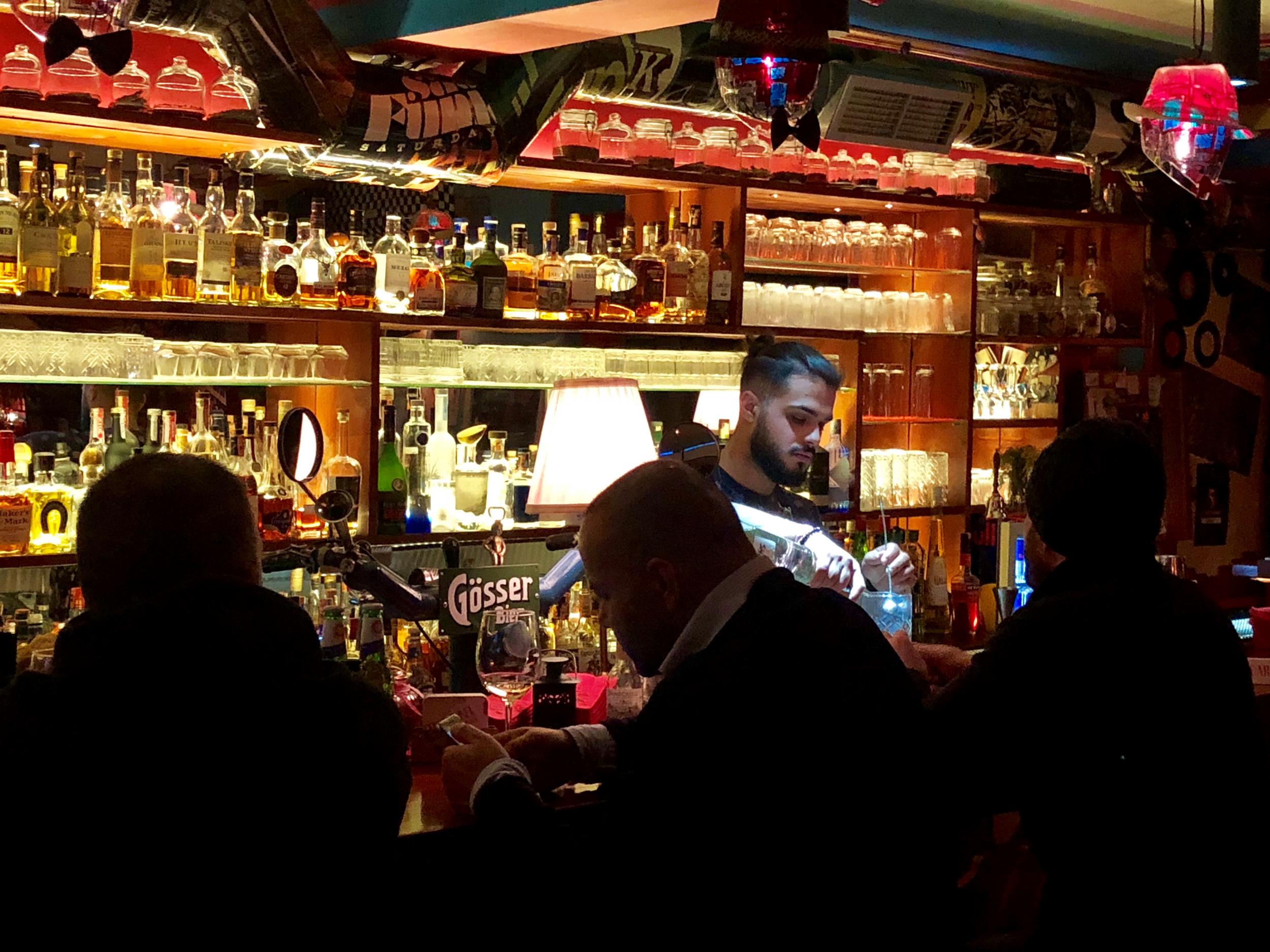
I live and work in Blloku and, as such, my morning routine currently involves sitting on the sunlit terrace of Coko (pronounced “choko”), my favourite breakfast spot. Every day, I order an Americano and salty French toast, much to the detriment of my waistline. After work, I might grab a bacon burger at the American bar, Duff, or head to Apulia Pizzeria for one of the best Italian-style pizzas I’ve ever eaten. Another favourite is Fishop, where we often share a smattering of fresh, raw seafood dishes. Afterwards, we might head to Nouvelle Vague, a hip cocktail bar that makes a mean old fashioned.
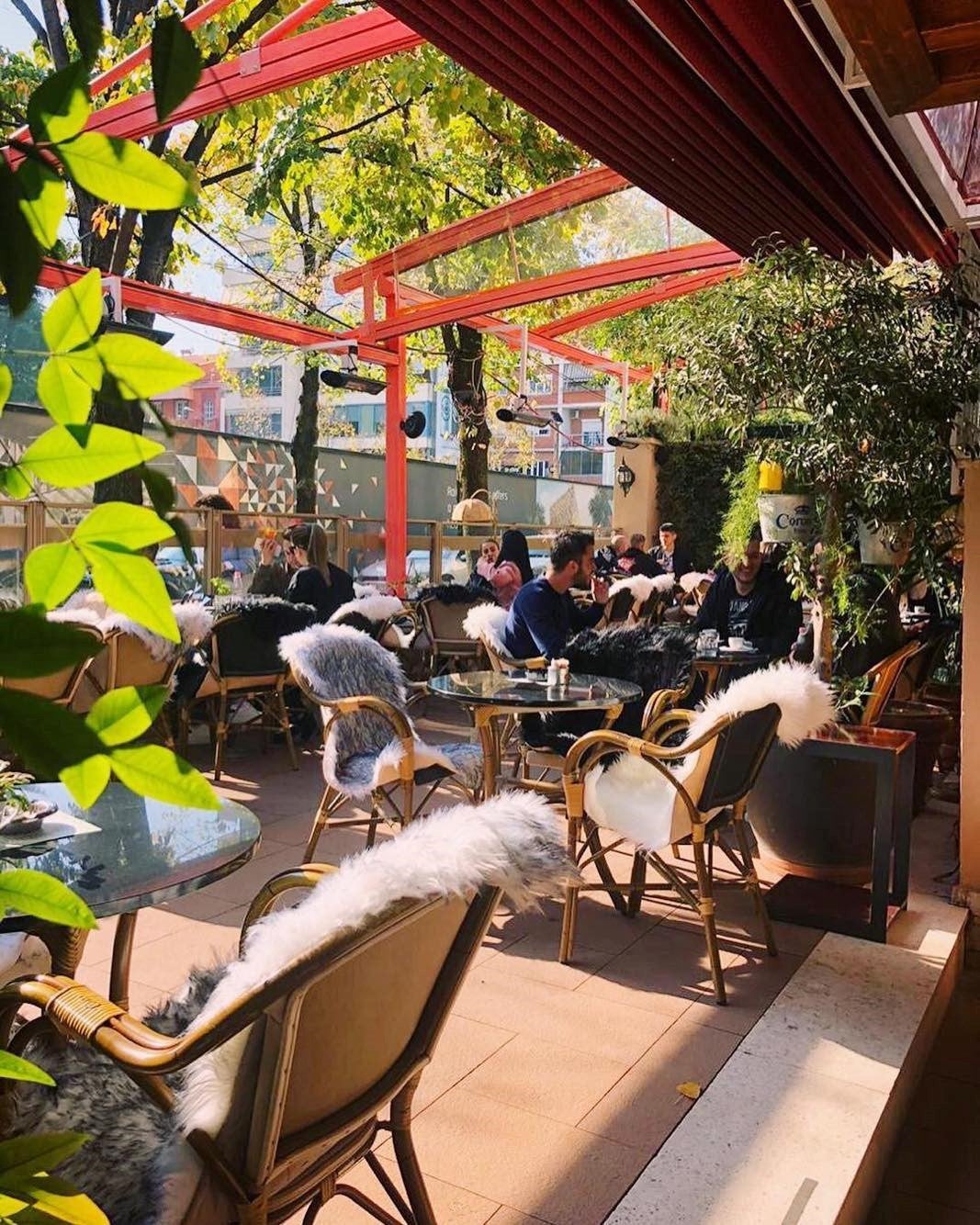
On top of the great value, Albanian service is hard to beat too. The Albanians have a saying that goes: “The house of an Albanian belongs to God and to the guest” – to refuse a guest or treat them poorly is dishonourable, and it shows in the way customers are treated.
Infrastructure improvements
Cafes, bars, and restaurants can’t transform a city alone: Tirana has also seen significant investment in public infrastructure projects.
A prime example is the redevelopment of the main square, Skanderbeg Square, which used to consist of a large roundabout encircling a small lawn and a statue of Albanian national hero Gjergj Kastrioti Skënderbeu, after whom the square is named. It wasn’t much to look at.
But today it’s been turned into a lively public space. Pedestrianised and enhanced with thousands of beautiful paving stones, elegant lighting and tasteful trees and shrubs, it’s an attractive gathering place for events, such as the streaming of the 2018 World Cup, which attracted thousands of fans to watch each match.
Rugged charm
All this isn’t to say that Albania is a polished tourist destination. In truth, the country needs a lot more infrastructure upgrades to be fully accessible for travellers.
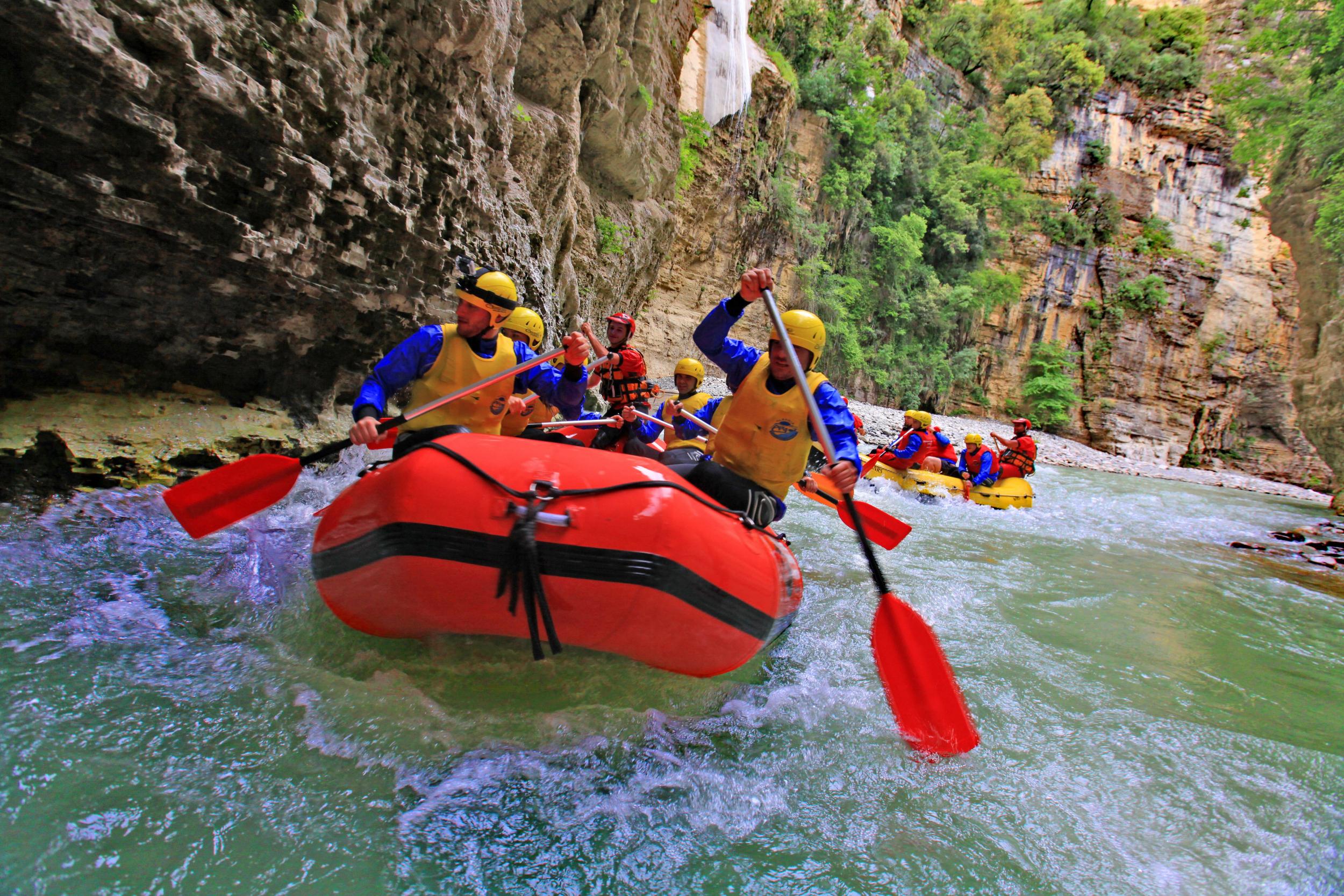
However, it’s that very lack of polish that already attracts 30,000 adventure tourists every year to explore dramatic canyons and sublime waterfalls. A recent tourism campaign, “Be Taken By Albania”, capitalises on this quality, declaring that Albania is “the last defender of the rugged”.
You’d be correct in assuming that Tirana, and Albania as a whole, are not without their issues. There’s corruption, people drive like hell and most inhabitants don’t drink the tap water. But the redeeming qualities far outweigh the negatives and, as D:Ream put it all those years ago: things can only get better.
Join our commenting forum
Join thought-provoking conversations, follow other Independent readers and see their replies
Comments